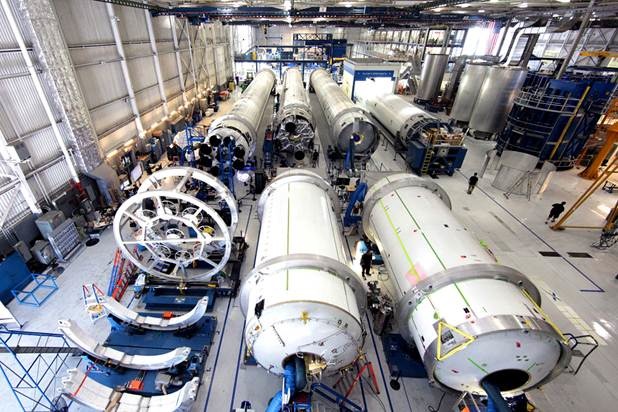By Dinakar Peri
 Last week, a modified Indian Air Force (IAF) Sukhoi Su-30MKI fighter jet took off from Kalaikunda airbase in West Bengal and fired a BrahMos supersonic, nuclear-capable cruise missile at a target ship in the Bay of Bengal. Flying over a distance of 260 kilometers, the missile effectively destroyed the vessel. This test is a game changer for Indian offensive prowess in the Indian Ocean region as the missile will act as a potent aircraft carrier killer due to its speed, range, and launch platform.
Last week, a modified Indian Air Force (IAF) Sukhoi Su-30MKI fighter jet took off from Kalaikunda airbase in West Bengal and fired a BrahMos supersonic, nuclear-capable cruise missile at a target ship in the Bay of Bengal. Flying over a distance of 260 kilometers, the missile effectively destroyed the vessel. This test is a game changer for Indian offensive prowess in the Indian Ocean region as the missile will act as a potent aircraft carrier killer due to its speed, range, and launch platform.








